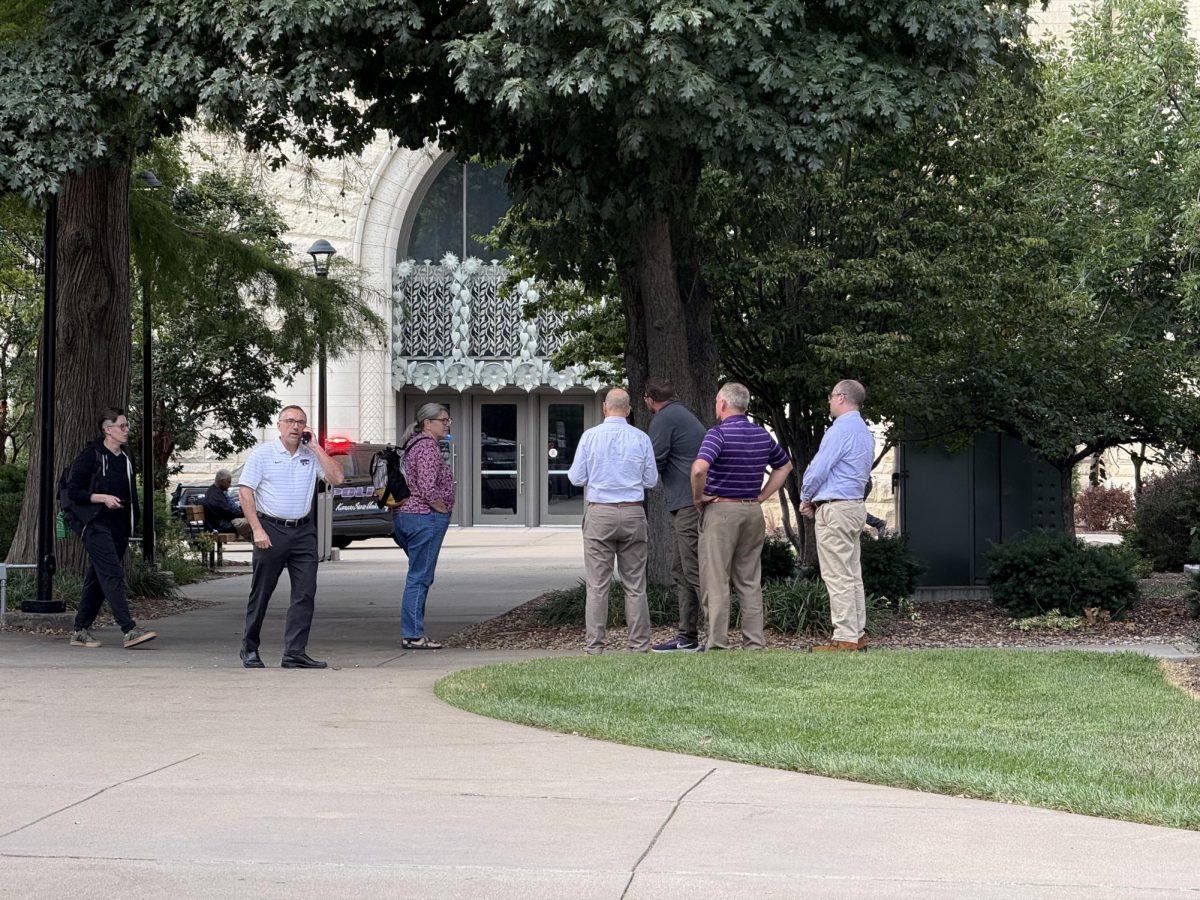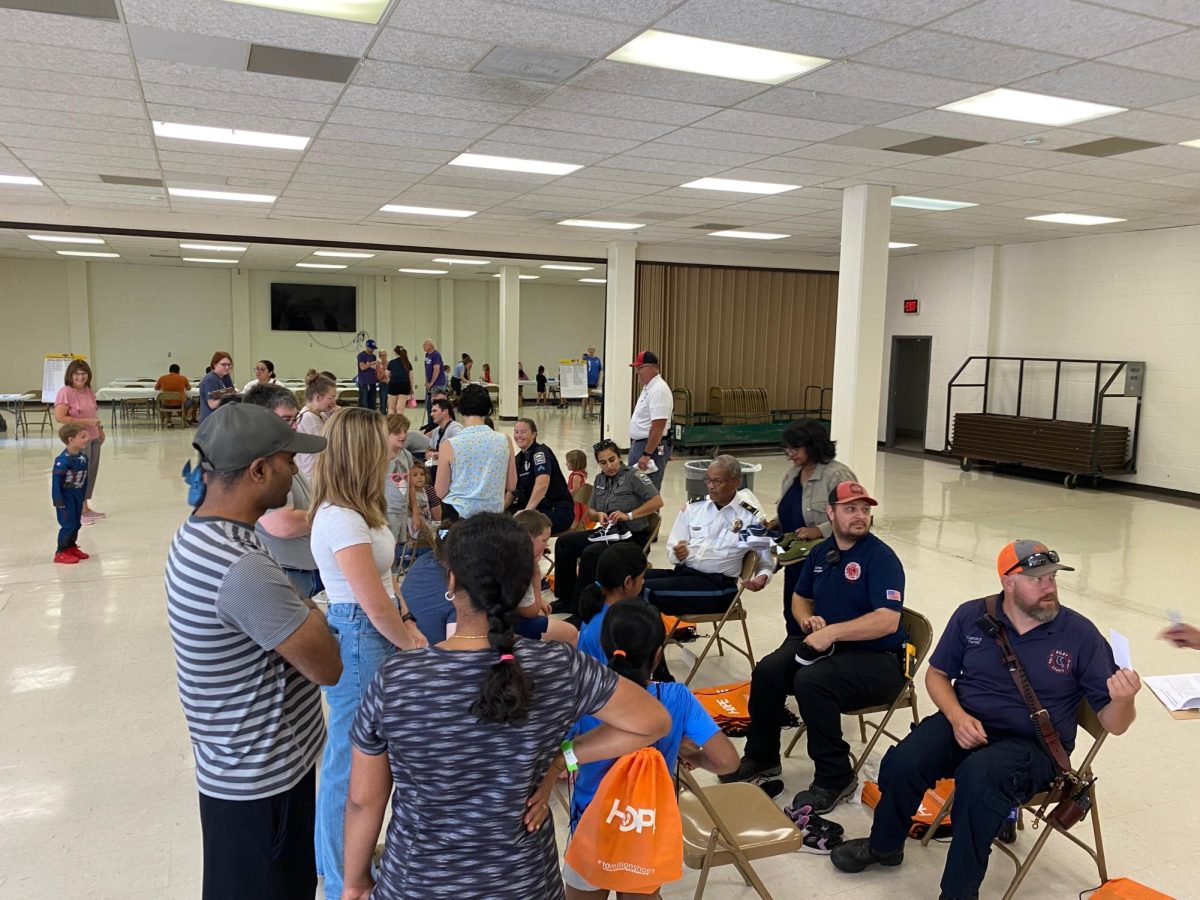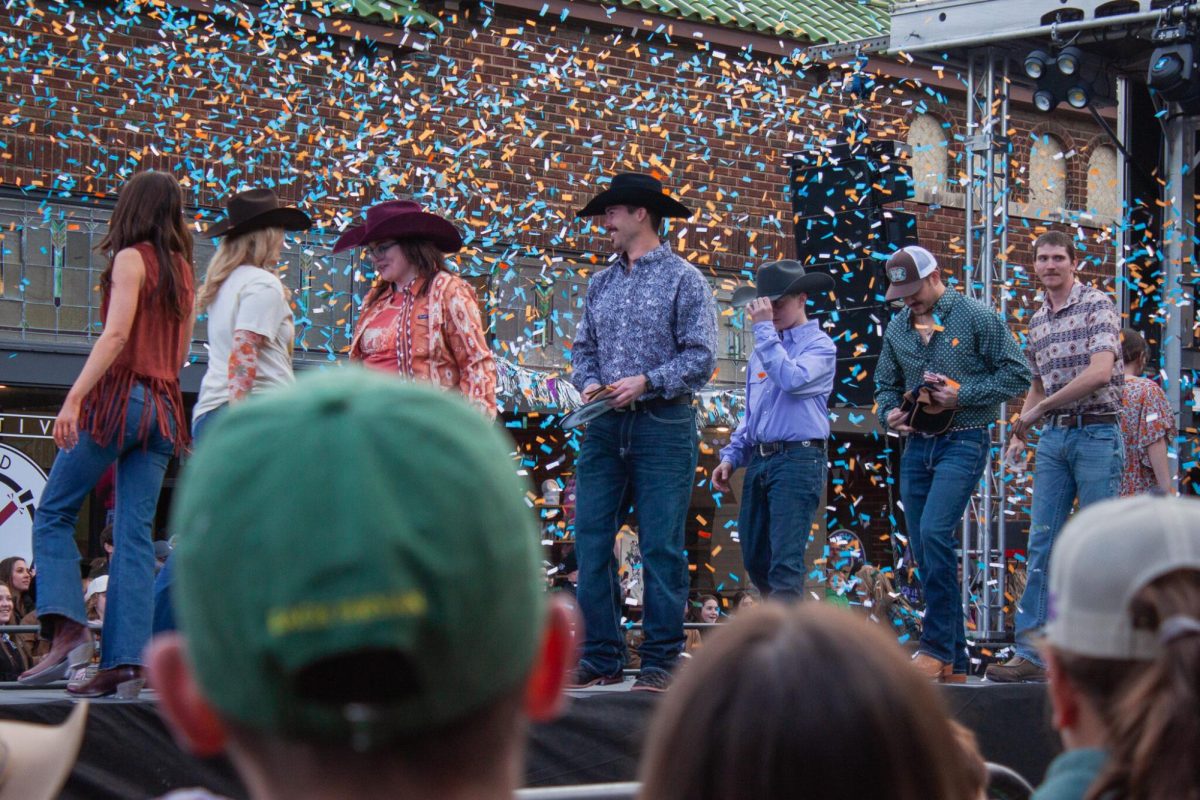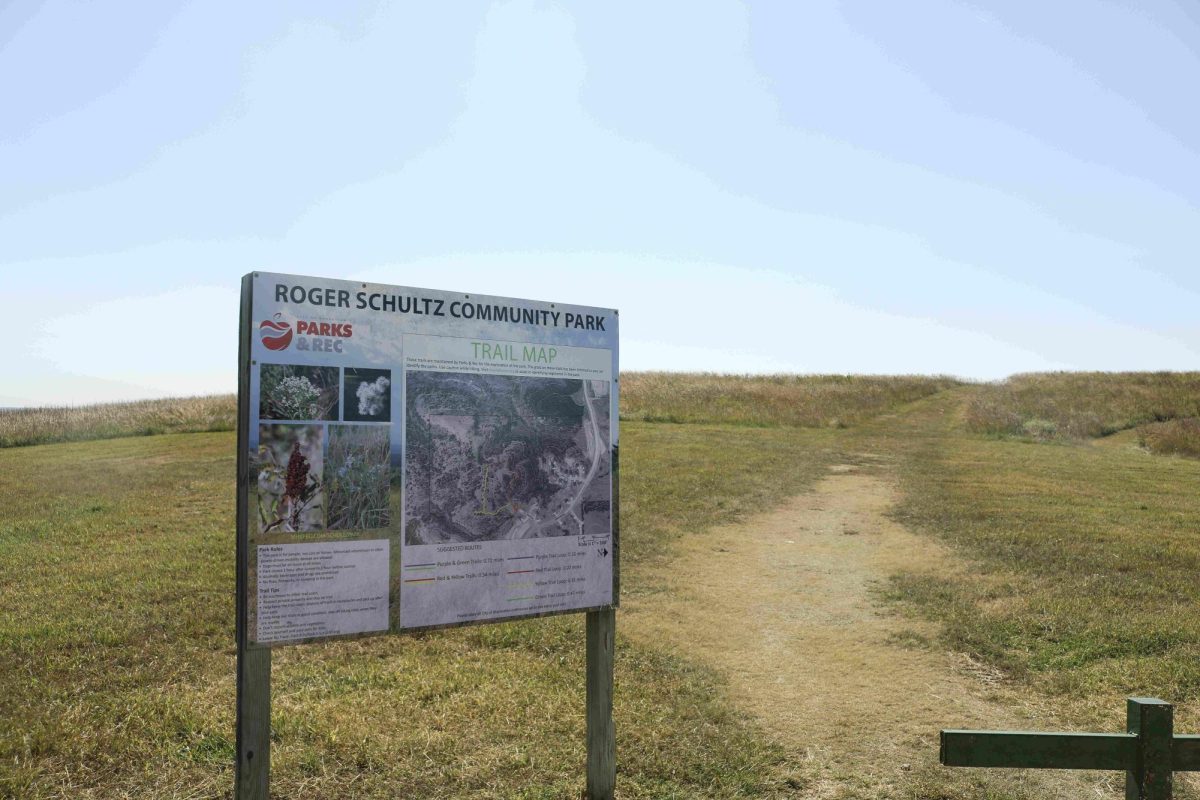After six years of planning, Manhattan Parks and Recreation will break ground today at the Roger Schultz Community Park, formerly known as The Park at Lee Mill Heights.
The 76.5-acre parkland, with access points at Miller Parkway and Loma Ridge drive, offers viewpoints of scenic Flint Hills grasslands and the Kansas River Valley, according to the City of Manhattan Parks and Recreation.
The construction focuses on improvements to the Loma Ridge entryway and marks phase one of a master site plan from 2018.
According to the plan, phase one consists of site improvements at the two park entrances which are necessary to enhance basic park access. Later phases will add community amenities, including a children’s playground and picnic shelter.
Assistant City Manager Wyatt Thompson said he led the master planning process when he was the senior park planner.
“It’s a beautiful park, [and] I’d encourage everyone to check it out,” Thompson said. “We have a project coming up that will enhance the entrance and create a trailhead for the local neighborhood”
MHKPRD worked closely with the National Parks Service, the Kansas Forest Service and hundreds of members from the Manhattan community.
A key step toward maintaining the prairie ecosystem includes removing invasive woody vegetation such as the eastern red cedar.
Park Planner Alfonso Leyva said the land was opened to the public in 2015 and continued efforts were made to revert the landscape back to its natural state.
“Wyatt involved a lot of the community, people in Manhattan and Kansas State,” Leyva said. “A big part of this was funded through the National Park Service. We wanted to revert a lot of the land in this park back to native prairie, and part of that master plan was to take out all the cedars in the park.”
Thompson said they began removing red cedars periodically in 2015.
“The last chapter of the master plan lays out a land management strategy for the park, it calls out the need to remove the eastern red cedar, which is a largely invasive species in the Flint Hills,” Thompson said. “The cedar removal over the last several years was done in part with a grant from the Kansas Forest Service. Every [holiday] season, we’ve allowed the public to come down and cut down a cedar tree for decoration, we’ve used that as an education opportunity as well.”
Zak Ratajczak, assistant biology professor at Kansas State, said the red cedar removal prevents woody plant encroachment which is “a very large conservation threat to grasslands.”
“An interesting characteristic about tall grass prairies, [is] it has the amazing ability to bounce back from disturbance — that can be drought, fire or a period of grazing,” Ratajczak said. “Underpinning much of that ability is that grassland species have both seeds and belowground buds that can survive for many years. This allows them to ride out the tough periods and resurge when conditions improve.”
Ratajczak said further action to restore lost native species may be necessary.
“There might have to be interventions that go in alongside just killing the tree canopy,” Ratajczak said. “In any restoration project, there is a temptation to think ‘If you build it, they will come.’ If we set up the conditions for natural communities to recover, they will do so on their own. Now and then they might, but oftentimes, nature needs some help to recover.”

















































































































